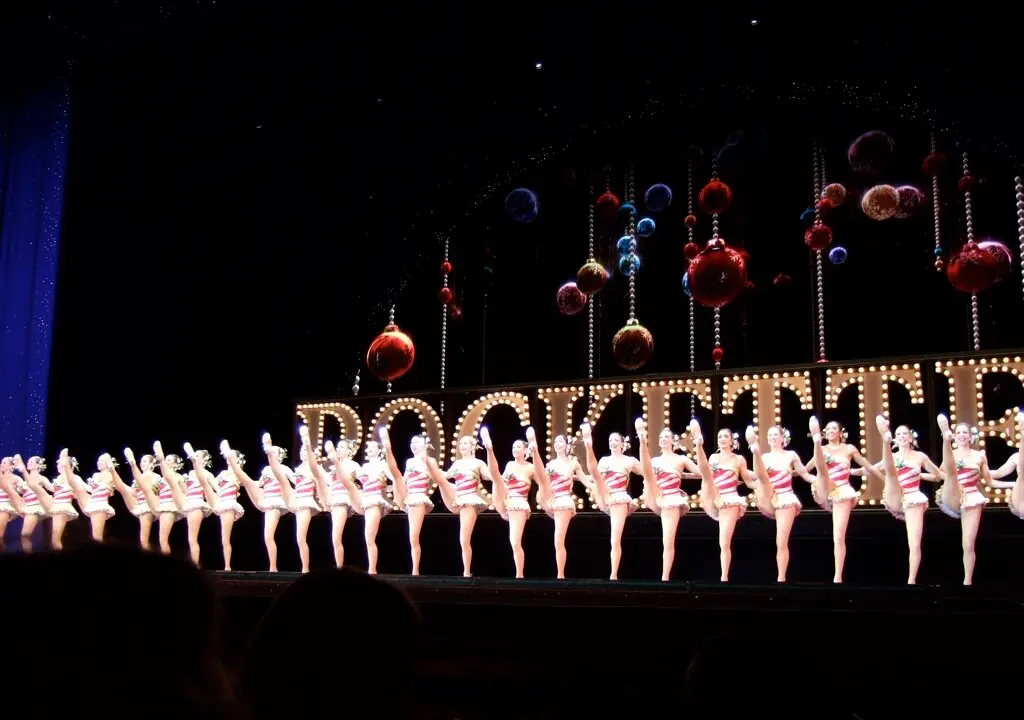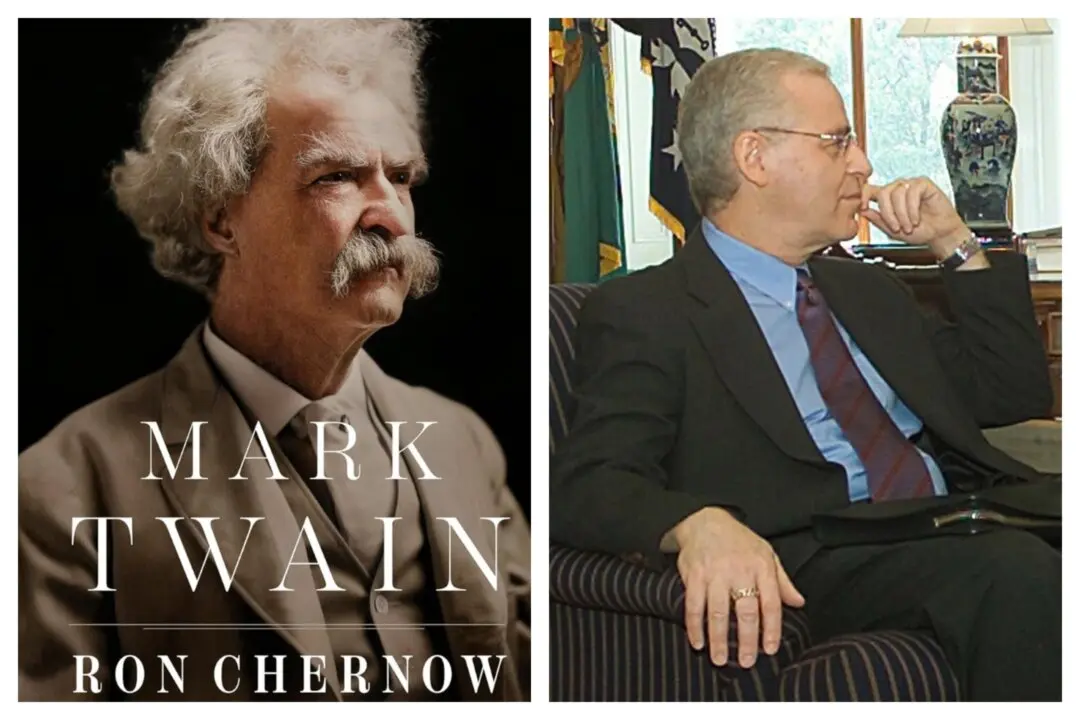The 1619 Project’s massive success and wholesale acceptance by millions of readers, as well as its propagation into thousands of public schools, proves that many Americans are fond of ideologically driven historical narratives as long as they are well-written. It is incredible that a slew of essays by writers whose specializations are not tailored to the subject they are writing about can facilitate an about-face on a country’s history, and conduct a “reframing” to fit a seemingly purposeful misinterpretation of historical scholarship.
Such is the time we live, and such is the ongoing preference for modern cultural trends at the expense of cultural foundations.






